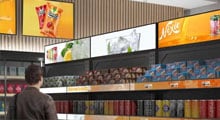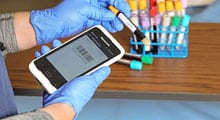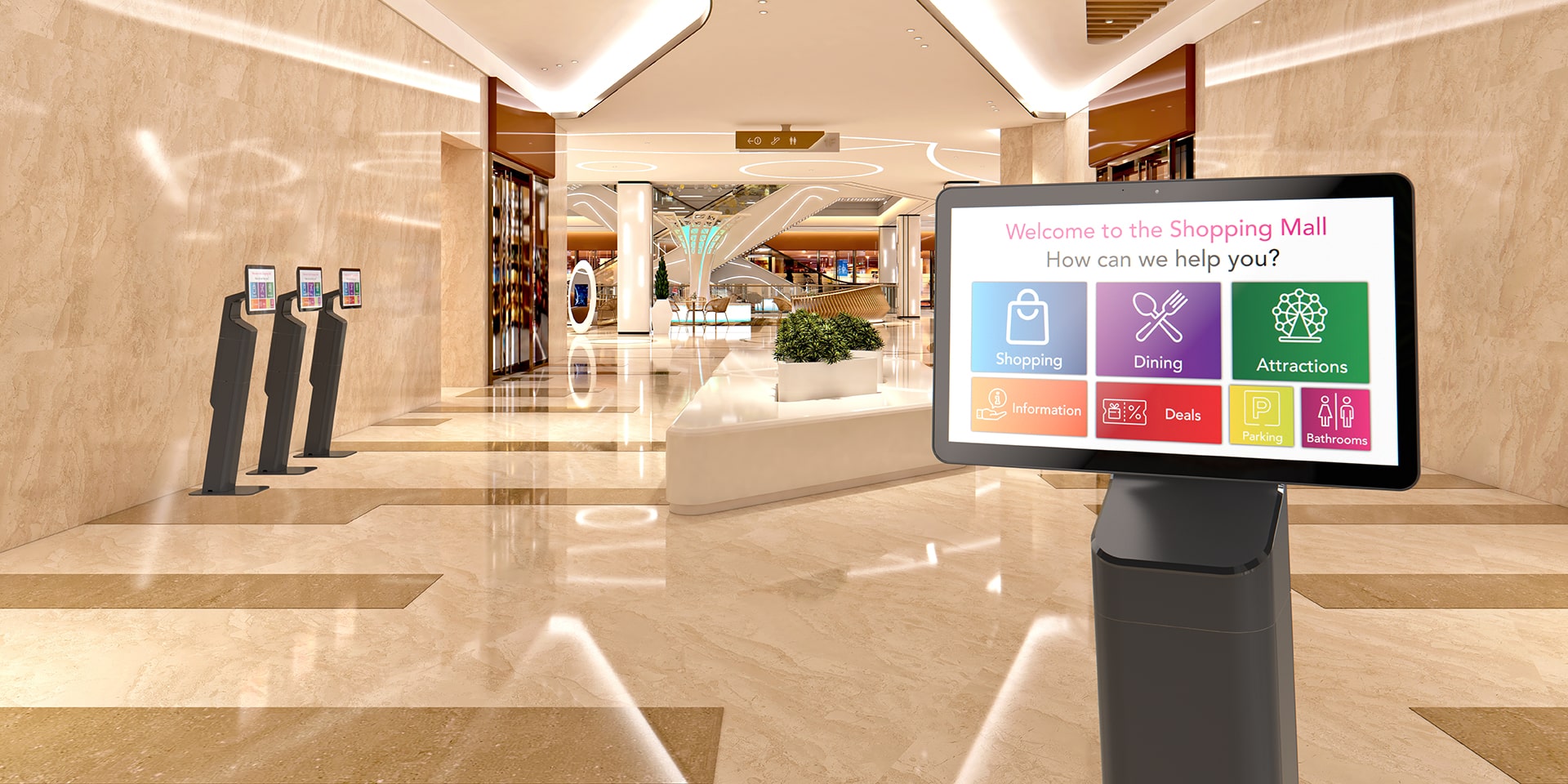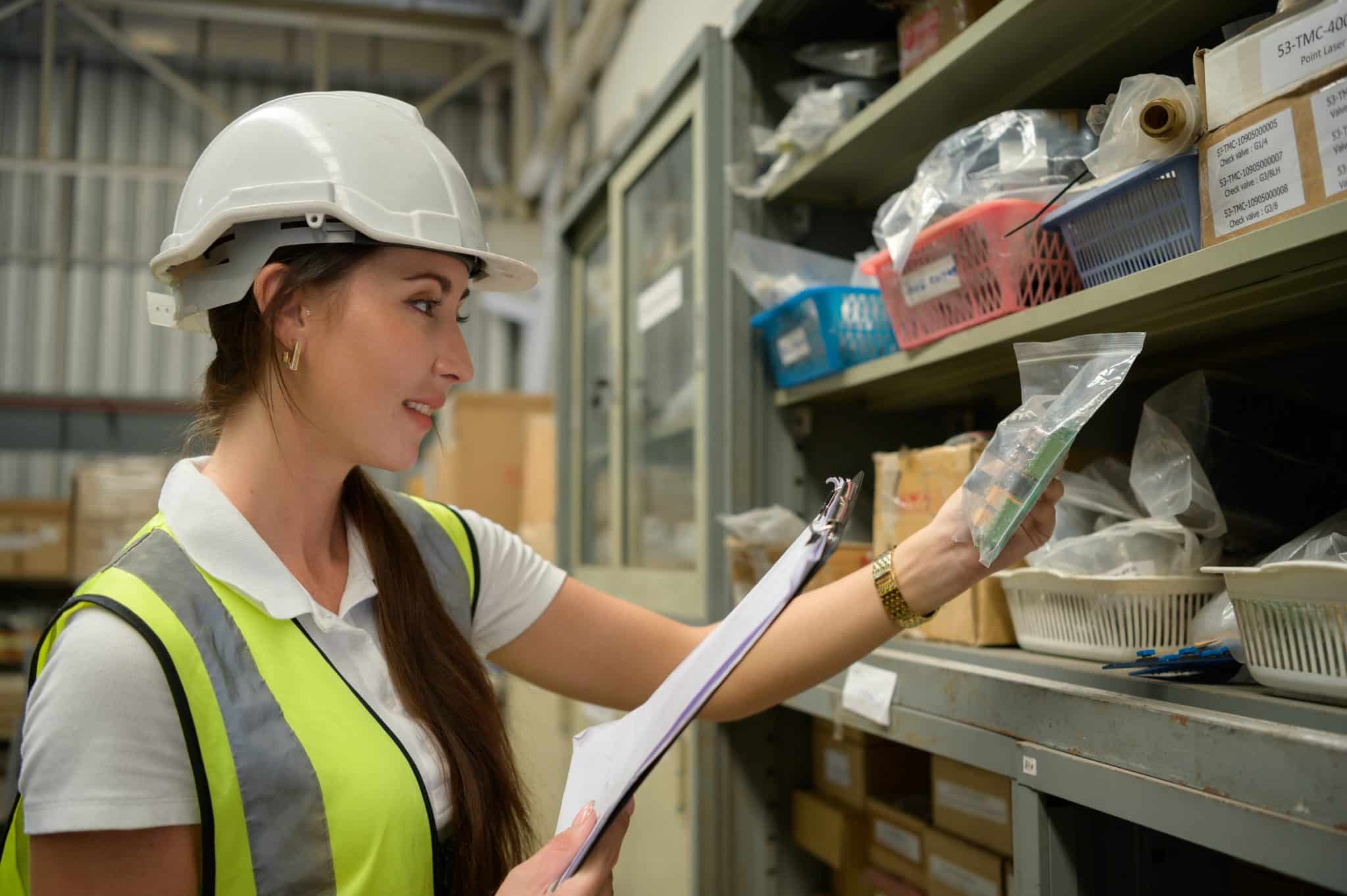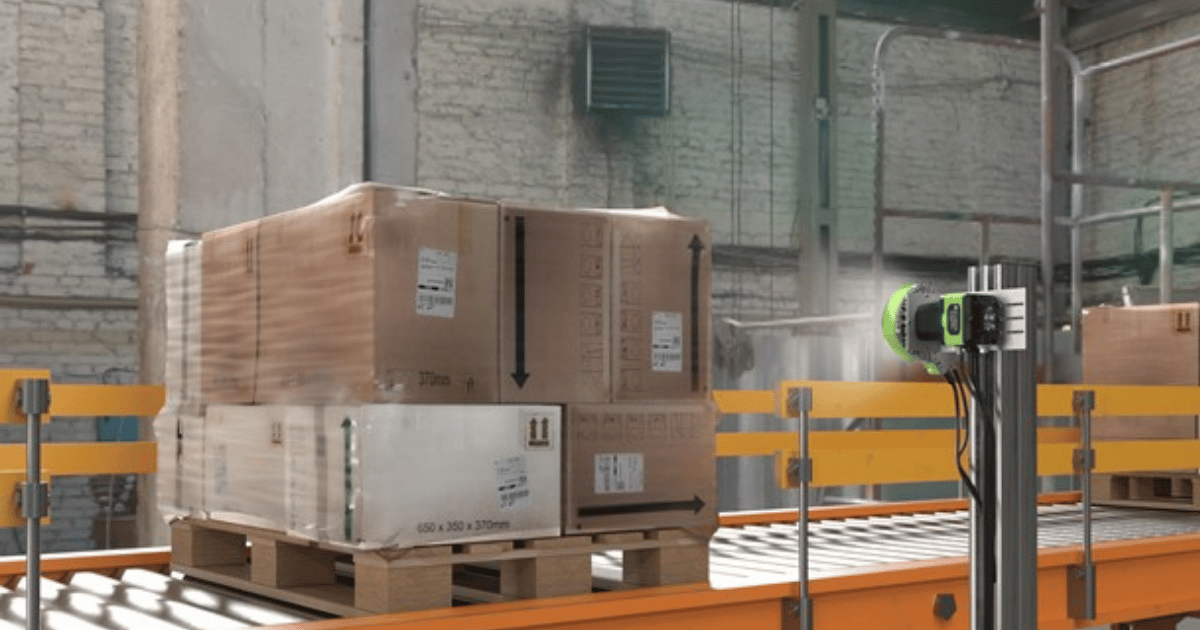While you may not win any awards for your hospital’s barcode system, a well-managed system will earn the trust of staff and patients alike. Here are some things to keep in mind when creating an effective and efficient barcoding system.
Finding the right equipment
Barcoding systems aren’t one-size-fits-all. A hospital in the neighboring city, for instance, may have completely different needs than your facility. Before you can decide which equipment is best for your hospital, we recommend discussing the features you’ll need with your staff. If you’d like barcode labels on patients’ wristbands, you will need to invest in thermal printers to ensure the quality of the labels. Also, make sure that you get your IT department involved. They should confirm that the equipment you have your eye on meets protocol for networking and security.
Creating policies
Policies are like instruction manuals for your employees. Once you implement technology to make their jobs less stressful, be sure to include policies for the usage of that technology. One study found that only 50% of the hospitals it researched implemented any form of barcode policy. And while the other half had some policies in place, their lack of details caused the policies to be ignored and neglected. Keep in mind that these policies should be somewhat rigid, especially when they define operational policies that can seriously injure or kill people if done incorrectly. (Improper administration of medication is one example of this.)
Integrating with current processes
There are two things to consider when implementing a barcode system: 1) How will it affect the current workflow; 2) How well does it integrate with our technology processes?
Workflow
One of the main reasons organizations implement a barcoding system is to increase team accuracy and the productivity. Once you have a barcoding system in place, different aspects of your employees’ jobs will change. For example, how the medication is administered will change. A nurse will now scan the barcode on a patient’s wristband to identify the patient and a record of the dosage will be documented. On the next shift, a nurse may be expected to scan the patient’s wristband instead of reaching for the files at the foot of the bed. The same information is being consumed, but in a different way. Consider how your workflow will differ once this technology is introduced.
Technology
Starting from scratch when it comes to your organization’s technology and equipment would be next to impossible. Consider how your current equipment and network structure will work with your barcode system. How will the software integrate? What about the technology you have on hand? If you’re looking to save on costs, you can continue to use laser printers for printing barcodes and slowly purchase thermal printers.
Funding
Don’t think that your hospital can afford a barcoding system? Think again. Barcodes are extremely cost effective and pay for themselves by avoiding just a handful of medical malpractice lawsuits. The FDA has estimated that it costs $1,799 per hospital bed to implement a barcode point of care (BPOC) system plus $1,000 a year for maintenance. That may sound expensive at first, but when you take into consideration that most medication error lawsuits cost hospitals $600,000 or more, it’s relatively affordable. Are you trying to cut costs even further? Work with your IT department to invest in technology that allows your operations to grow.
Education
Would you be surprised to know that one of the biggest barriers to success with barcodes isn’t with the technology itself, but with educating your staff? One study found that 80% of surveyed staff stated that they did not follow correct procedures because they didn’t understand the concept or the importance of a hospital barcode system. While training your staff does create more overhead, in the long-run it will ensure that your investment pays off. Teaching your staff about the new policies as well as how to use the technology increases the acceptance of change. Most barcode technology is easy to use and operates similarly to a smartphone, so downtime should be limited. A word of advice: be sure to tell your staff in advance that the change is coming and explain the importance of barcoding systems.
Don’t know exactly what you’re looking for? Partnering with Peak Technologies will provide you with the strategy and support you need to create an award-winning barcoding system. Contact us today to request a free consultation.















